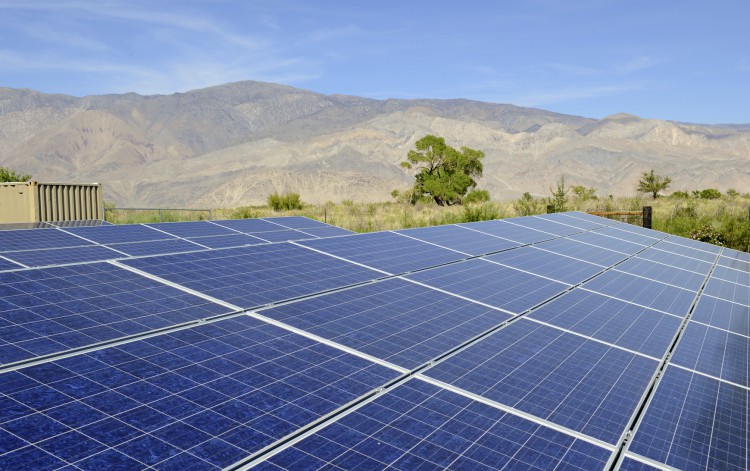Nevada's Net-Metering Decisions - A Not-so-Thin Edge of the Wedge

On February 12, Nevada's Public Utilities Commission (PUC) voted to alter its December 2015 ruling that will dramatically, and retroactively, reduce the rate at which distributed solar generation facilities will be paid for electricity produced - agreeing to implement its ruling over 12 years instead of the original four years. The battle before the Nevada PUC pitted NV Energy, the state's largest utility, against thousands of residents who have installed solar arrays over the last few years, as well as those who want to (and, of course, companies like Solar City, Sunrun and Vivant that want to help them do so).
The Nevada PUC determined in December that the current US$0.11-12/kwh net metering rate (the retail rate customers currently pay for electricity supplied) would be reduced to less than US$0.03/kwh (roughly Nevada's wholesale rate) over four years, including for solar facilities already installed. Solar industry proponents argued this change would stop new installations (Solar City announced it would terminate its 550 Nevada employees), and make existing distributed solar facilities uneconomic to their owners. As well, the Nevada PUC approved a new fixed charge increasing to US$25-30 per month for distributed generation customers.
That such a regulatory decision would be issued by the Nevada PUC may surprise some, as Nevada is a hotbed for solar industry activity. In 2015, Nevada was the 2nd or 3rd most active U.S. state for new solar installations. NV Energy and other Nevada utilities are building some of the largest utility-scale solar PV and solar thermal facilities in the world. Tesla's Nevada Gigafactory intends to produce 85 GWh of batteries and cells by 2020, many of which will be used in conjunction with solar generation. Las Vegas's Mayor Carolyn Goodman intends that her city be powered by 100% renewable energy by 2017, and one of the largest solar rooftop facilities in the world (6.4MW) is located atop Las Vegas's Mandalay Bay Resort Convention Center.
The challenges of integrating large amounts of distributed generation capacity aren't limited to Nevada. In October 2015, the Hawaii PUC eliminated retail net metering for new installations. Solar installations are installed on approximately 17% of all buildings in Hawaii, and the net metering program has achieved 60X its original intended target. Last month, California's PUC resisted the application of its three largest electrical utilities to reduce the net metering rate to a wholesale price and to institute a monthly fixed charge on new solar facilities. Instead, it agreed to institute a small charge for grid-supplied electricity to solar customers, a one-time US$75-150 interconnection fee and time-of-use pricing for net-metered customers. It will re-evaluate its decision in 2019 as the sector evolves. San Diego Gas & Electric expects to reach its net metering cap this summer, at more than 600MW of distributed generation. Recently, Vermont halted new distributed solar installations - its utilities had hit the 15% peak load cap set by their regulator.
More than 30 U.S. states have net metering policies and, with the recent five-year extension of the investment tax credit, distributed solar installations should continue at a brisk pace. Views of regulated utilities and renewables proponents (including those of U.S. Presidential hopeful Bernie Sanders, who this week commented negatively on the Nevada PUC decision) on how best to integrate distributed generation are unlikely to align any time soon. In fact, more than two dozen U.S. states are currently looking at changes to charges or rates applicable to distributed generation facilities. As regulators in other jurisdictions (including Ontario) look to adopt or revise net metering regulations to appropriately 'value' distributed generation, watching how the issues are presented before and resolved by U.S. state regulators should be 'must see' viewing.

